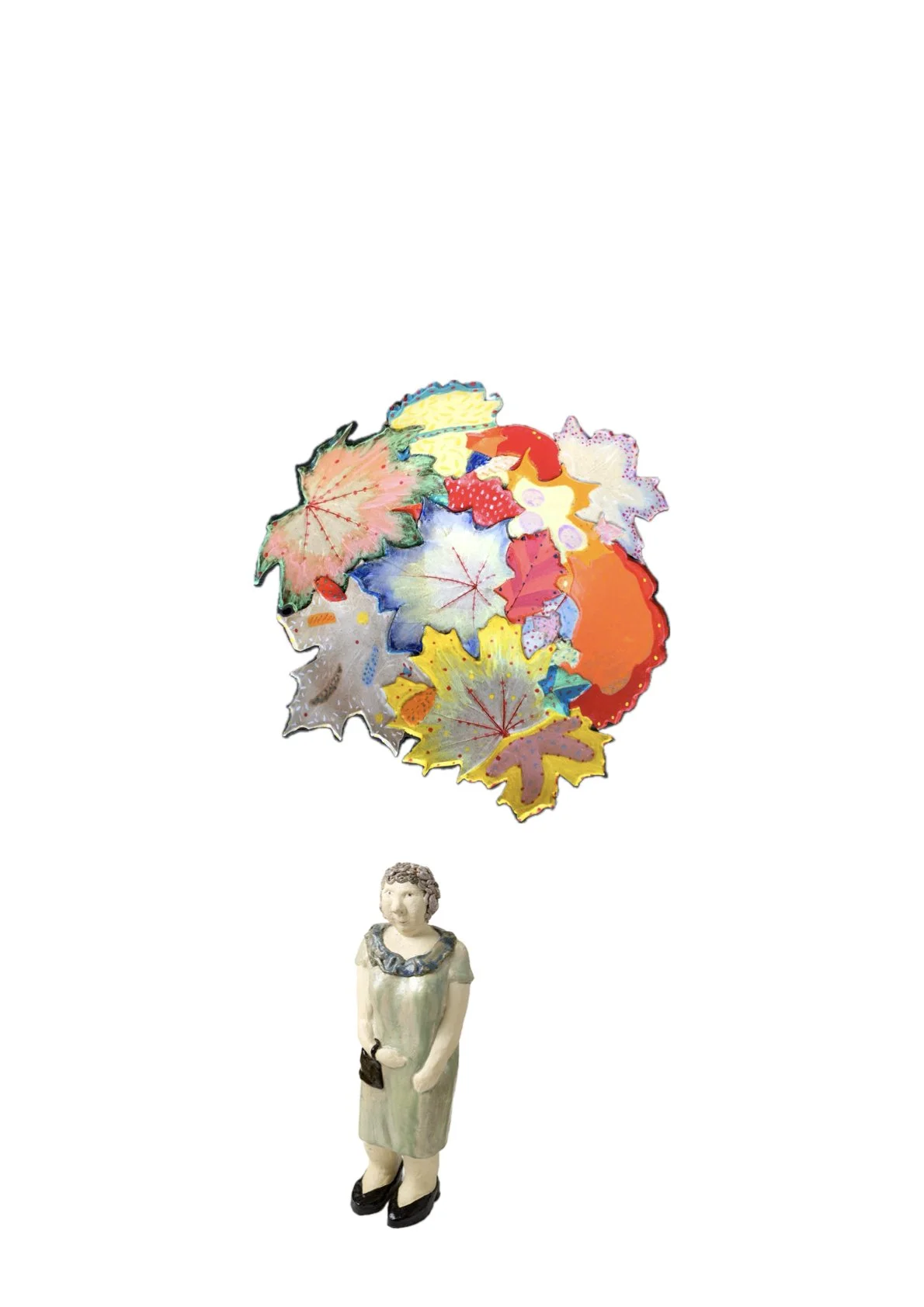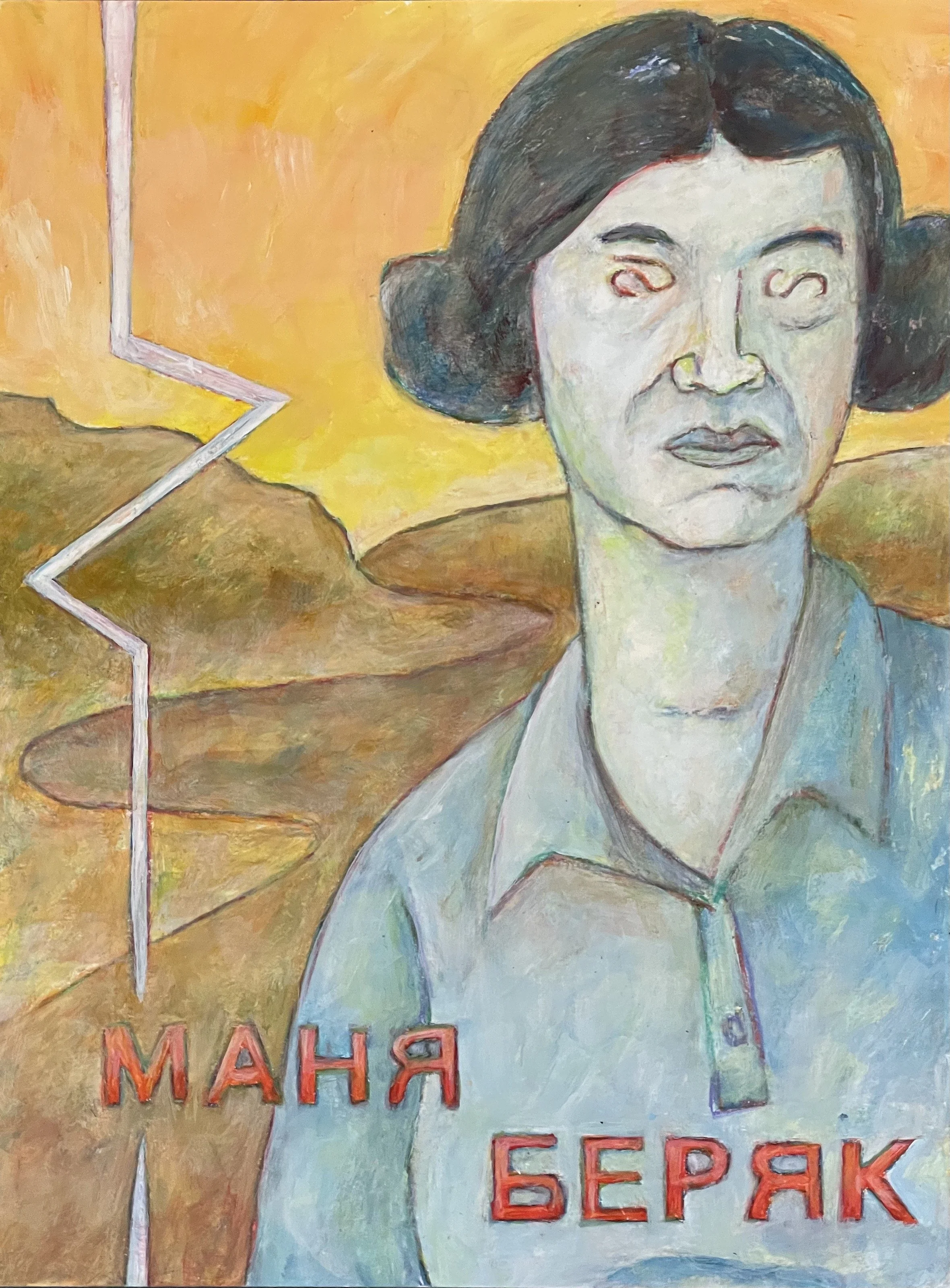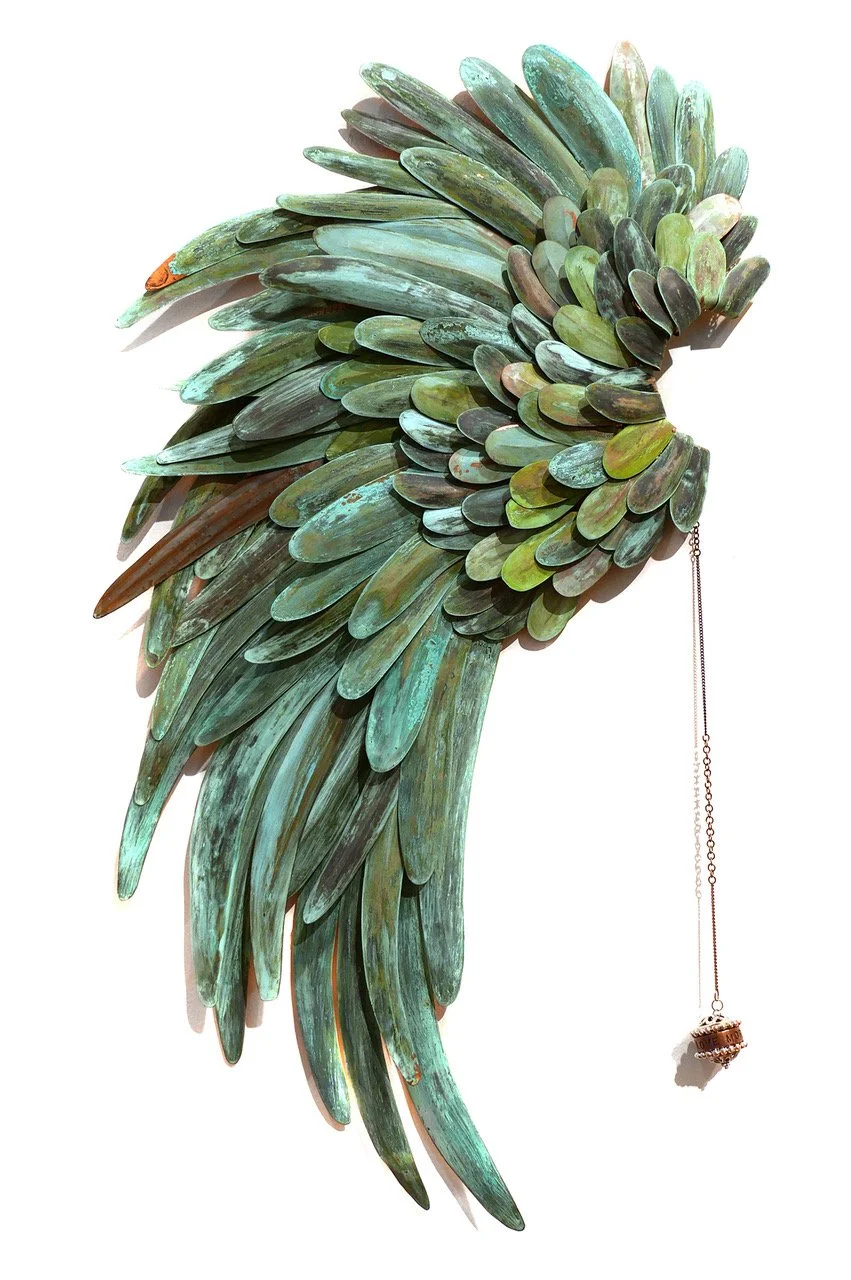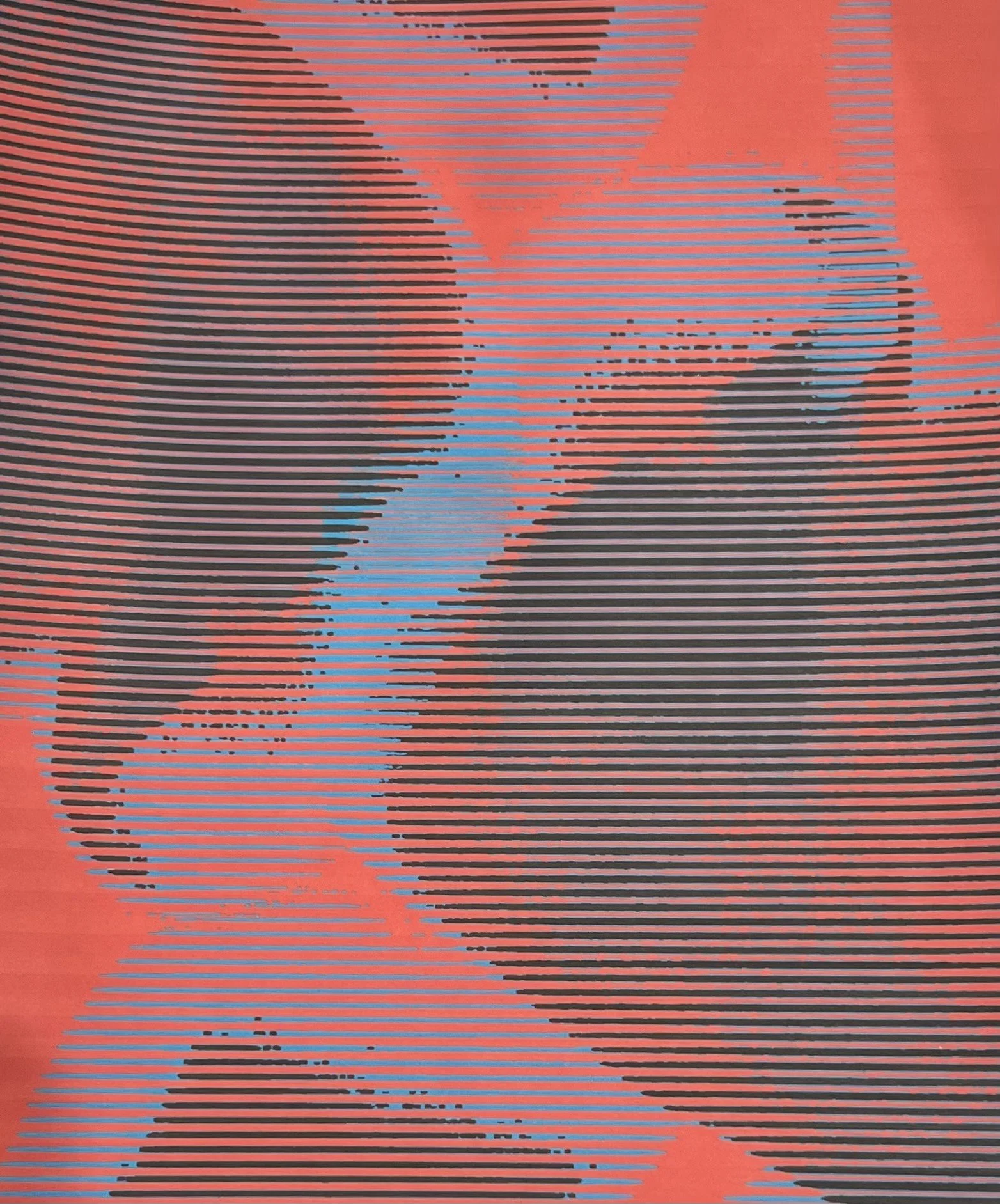How did your early artistic influences, especially your visual arts teacher in fifth grade and your high school mentor, shape your approach to art and creativity?
My mother painted and drew when I was a child. My parents also encouraged my older sister, who is five years older than me, to do the same. Year after year, oil and watercolor paints were on my wish list for Christmas and birthdays. However, I never received any of the items as a gift. I was also not allowed to use my mother's oil paints. I never found out why. It has therefore been decisive for me that I met some teachers in primary and secondary school who saw that I longed to express myself artistically and supported it. The two of them led me into the world of art and gave me the belief that I had some talent in that field.




















